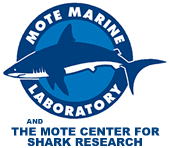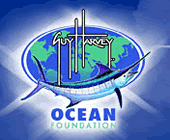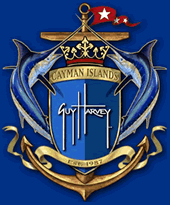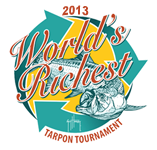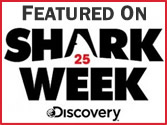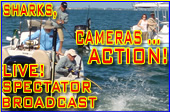TOURNAMENT-ELIGIBLE
SHARK SPECIES
And Additional Resources
Of
the more than 400 species of sharks, a dozen qualify for points in the
Guy Harvey Ultimate Shark Challenge. Of those, seven are the most likely
to be encountered by anglers in the coastal waters of southwest Florida,
during the spring and summer months. This list includes the great hammerhead,
bull, lemon, sandbar, blacktip, spinner and nurse sharks.
However, it is called
fishing and not catching, and one thing most anglers will tell you, especially
when fishing in a saltwater environment is that, 'You just never know
what might pick up the other end of that line.' Depending upon numerous
factors, mostly dictated by Mother Nature, the opportunity to encounter
some species like the shortfin mako, tiger, scalloped hammerhead, dusky
or sandtiger, does exist.
Having a realistic
shot at close encounters with any of these species is among the reasons
the USC has been, and will continue to work so closely with members of
the scientific research community. All of these animals, but some in particular,
are prime candidate specimens for the attachment of satellite tracking
tags. That's one of the reasons Robert E. Hueter, Ph. D, Director of Mote
Marine Laboratory's Center for Shark Research, has built specific
scientific objectives into the tournament's innovative, all release
format. Some of these objectives will involve the use of cutting-edge
research technology, and the use of hi-tech tracking devices to gain valuable
access into the lives of these sharks.
With Mote's direct,
hands on involvement, the generous support of The
Guy Harvey Ocean Foundation, and participating anglers, we're optimistic
that our collective efforts may just result in some important findings
about these animals that are, at the same time, notorious, fragile, enigmatic
and vital components of the world's marine eco-systems.
So
it is without further delay, that we introduce you to some of the sharks
that ALL of us hope to see a lot of during the Guy Harvey Ultimate Shark
Challenge.
We'd
like to thank Andy Murch of ElasmoDiver.com
for providing images.
Additional
information provided by: MarineBio.org. Photos © where indicated.
Click on Images to
Enlarge: |


